In 1905, the Duwamish native Cheshiahud told The Seattle Times that he could no longer catch trout in Lake Union because “too much house now — they all gone.”[1] Seattle’s city-central lake was then known to the Duwamish as meman harsh, or “little lake,” surrounded by marshes and streams that fed both the lake and the Duwamish people.
European settlers named it Lake Union, on the promise that it would be the unifying body between Lake Washington and Puget Sound — which it later was, after Hiram M. Chittenden helped breach the land barriers by dredging the Fremont area and making way for the ship canal and the Ballard locks. The urban development of the lake began with lumber mills and ended with near-complete industrialization of its shores.
Today, almost all edges and curves of the lake are laden with industry, marine repair yards, seaplane docks, yacht and boat marinas, and what remains of Seattle’s houseboats, the most famous of which was featured in Sleepless in Seattle. There are precious few green spaces for birds. And, barriers like bulkheads take the place of sloping haul-outs. The park at South Lake Union is one exception to the urbanized rule, where the renovated greens invite flocks of Canada Geese, bathing crows, roosting cormorants, an occasional merganser, and a resident group of American Coots who forage on the lawn.
I timed my last visit, accidentally, with the end of goose bath time. All birds are fun to watch as they bathe … feathered propellers churning up the currents. I consider it a privilege when they allow me to photograph during this most vulnerable activity. Canada Geese put on a particularly vivid display, with their size, the ensuing turbulence, and the vocal bonding that pairs engage in, while bathing together. I caught the tail end, and mostly the preen. I was in a desaturated mood, hence the muted tones of these shots I processed in Lightroom and Nik (using Tonal Contrast, Color Stylizer, and Pro Contrast).
—————
1 Source: Lake Union Virtual Museum
I worry a bit about the geese around town, and about Seattle’s commitment to humane deterrents if needed. The Museum of History and Industry opens soon at this location, and my hope is that if the geese need to be urged from the great lawn as summer approaches, the PAWS Goose Program methods will be used. I haven’t been here long enough to know what’s being employed currently, if anything at all. In years past, Seattle ran into controversy, using lethal methods. I hope that perspective is changing a bit. South Lake Union park is planted and constructed perfectly to attract Canada Geese. I’ve seen quite a few articles on how to plant landscapes to discourage geese, most notably, dotting the area with greens that block a clear line of sight. A vast, open lawn with easy access and visibility is pretty much saying to the goose, come on up.

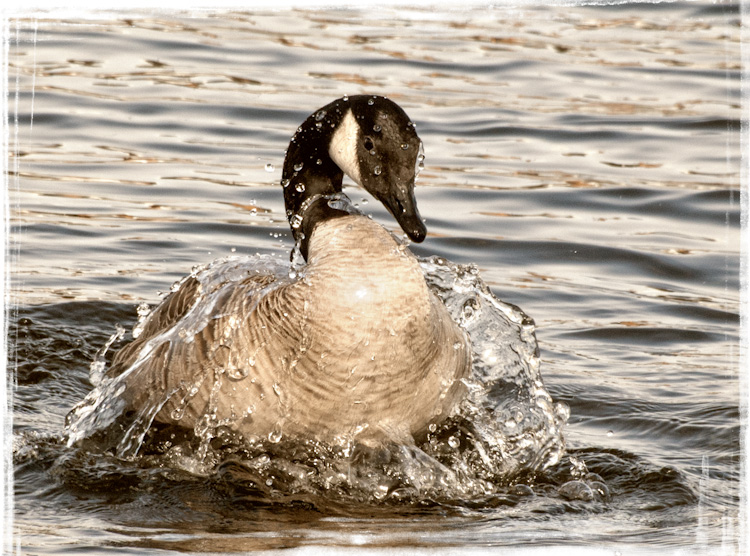
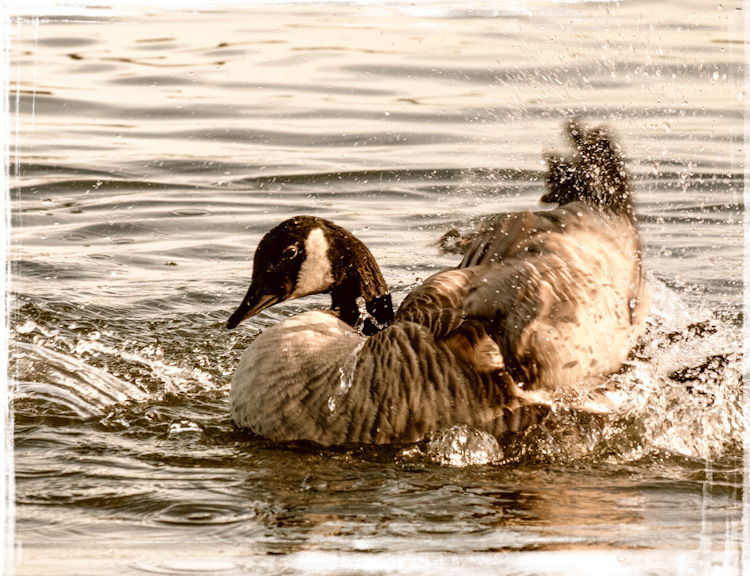
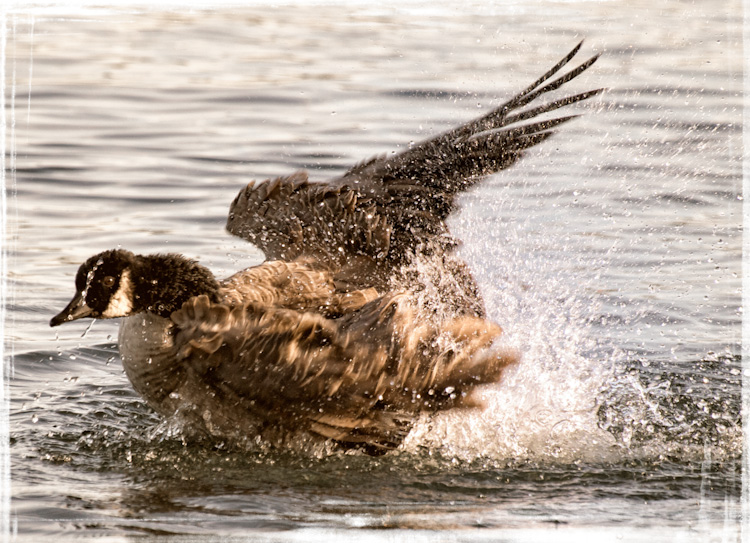
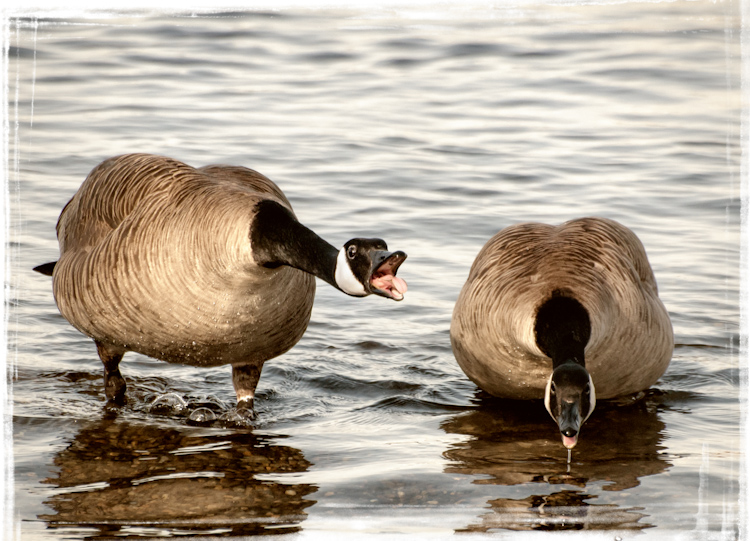
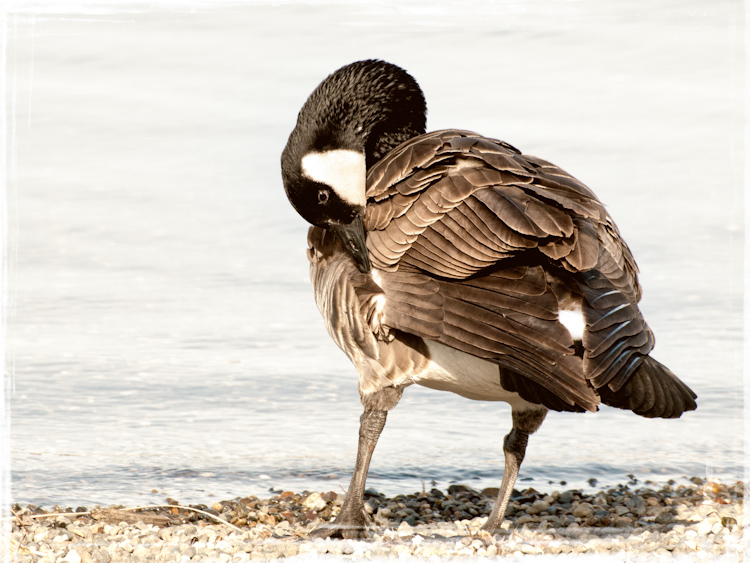
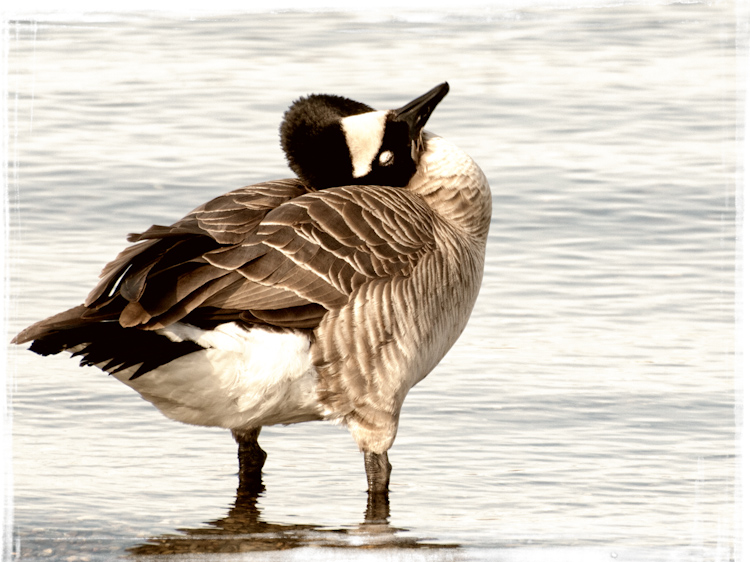
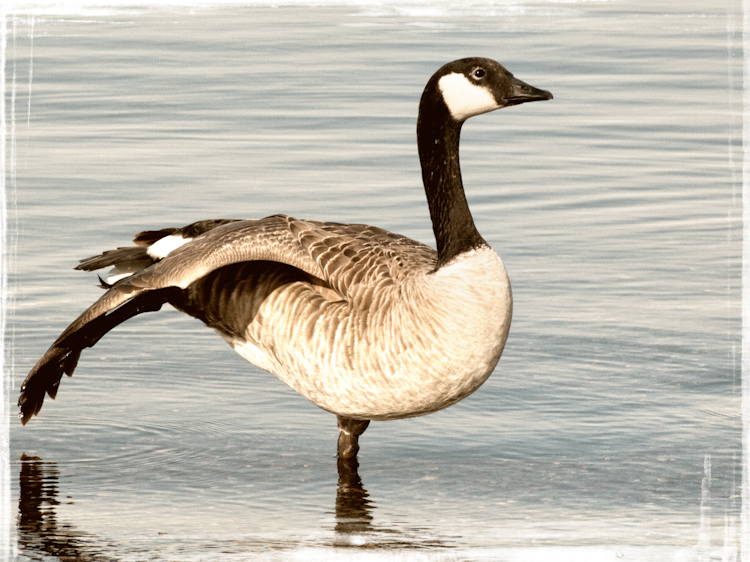
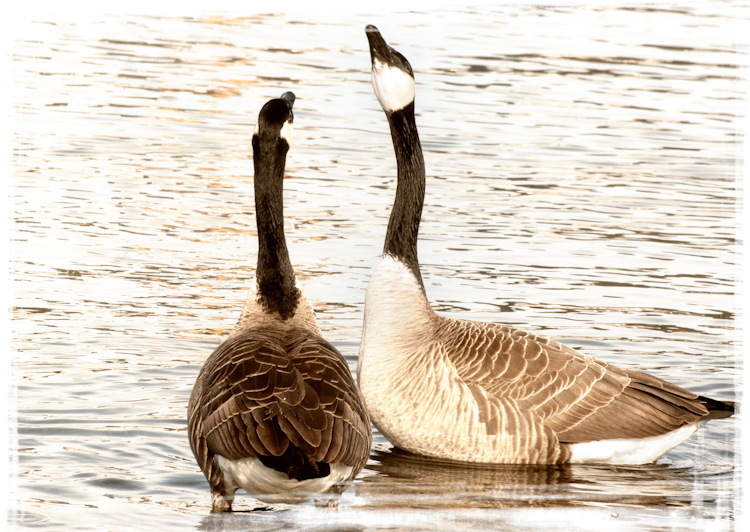
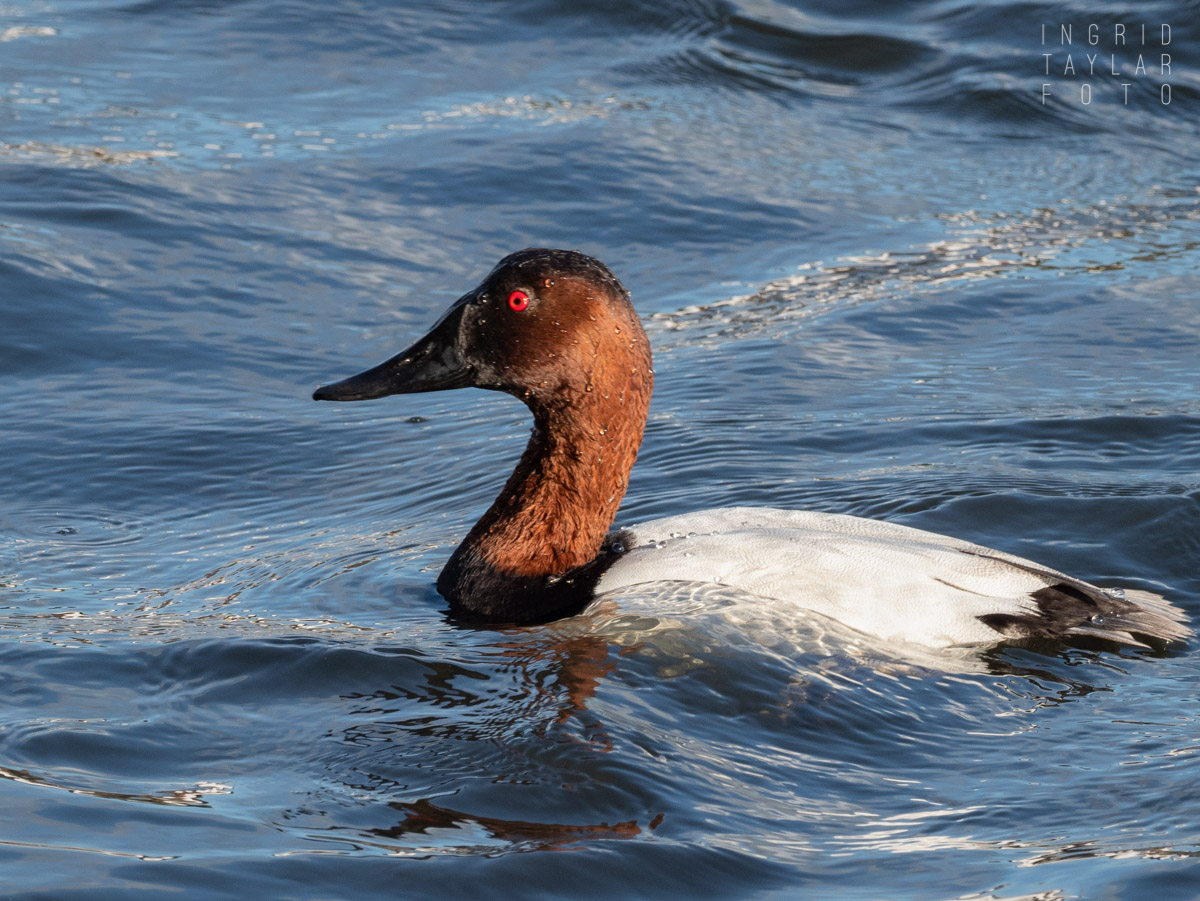
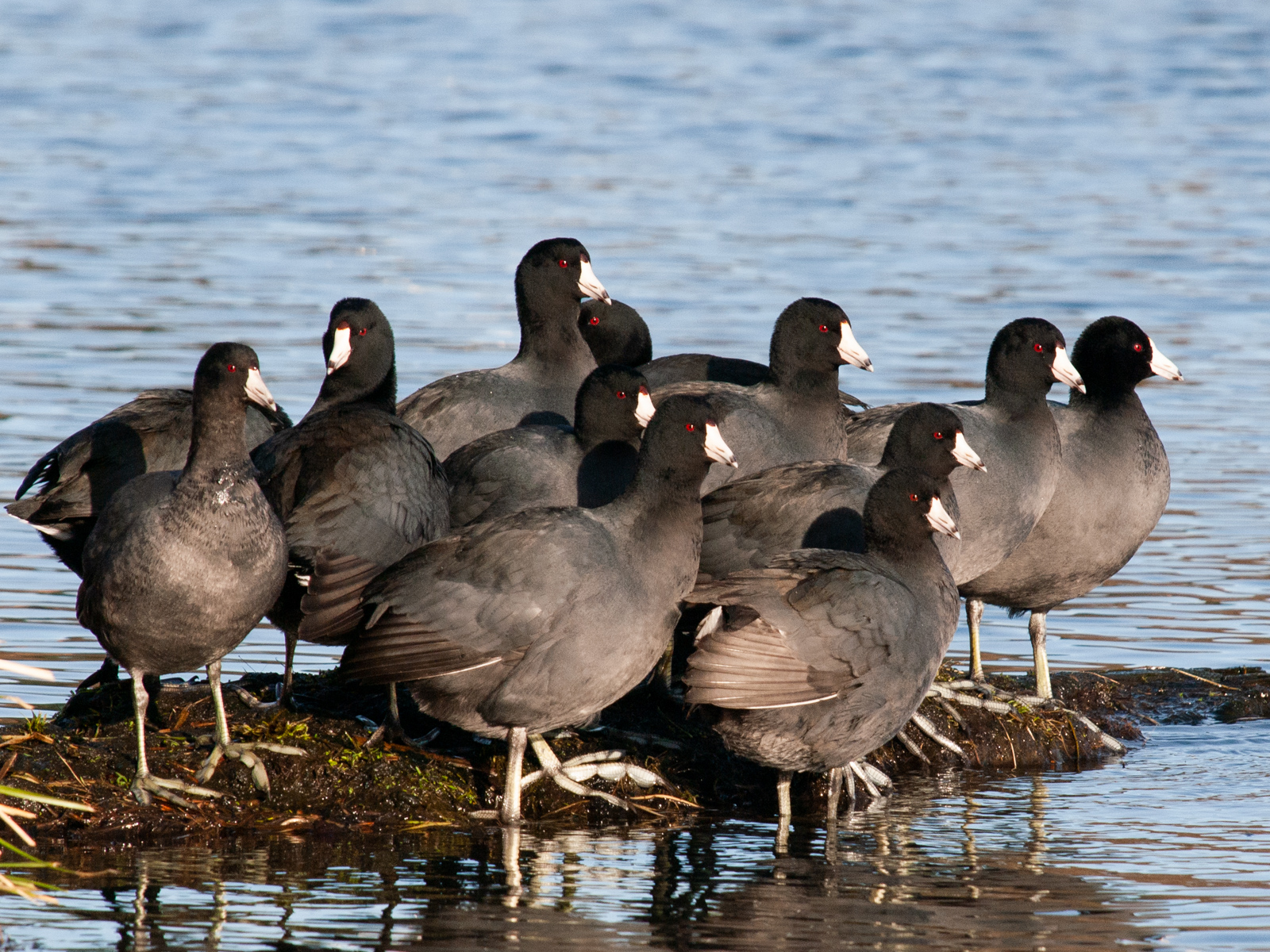
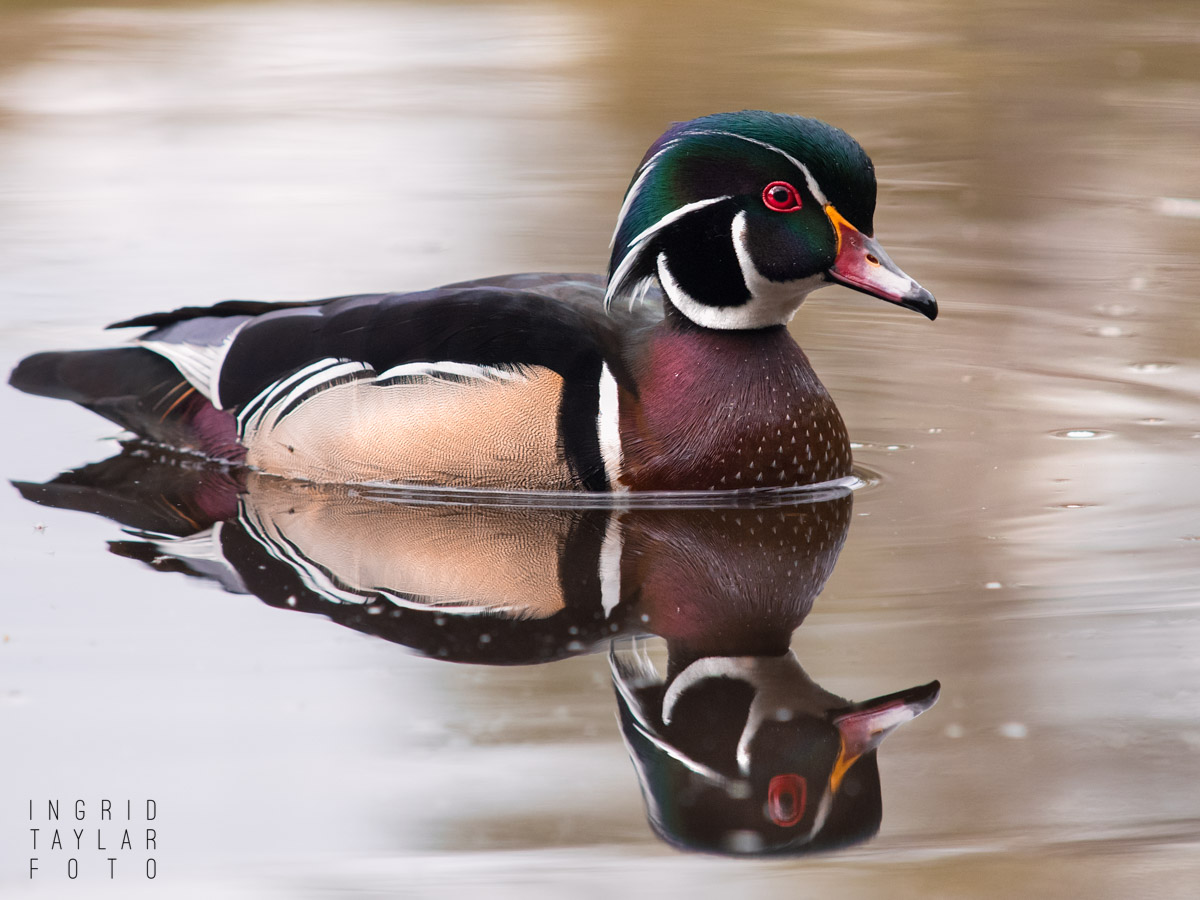
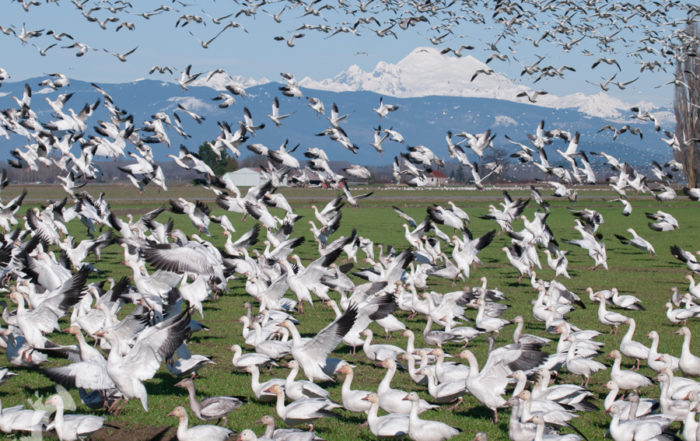
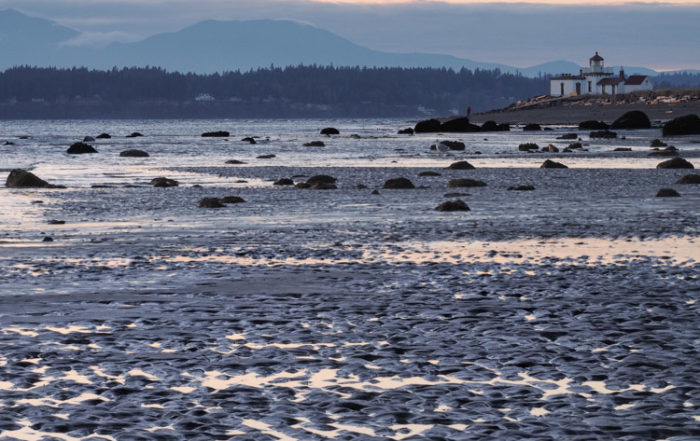
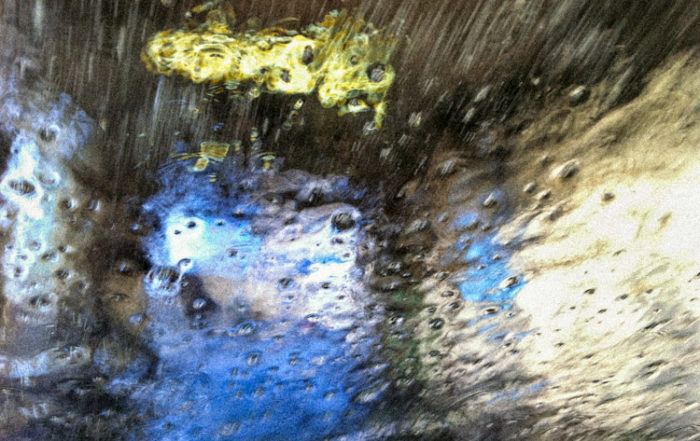
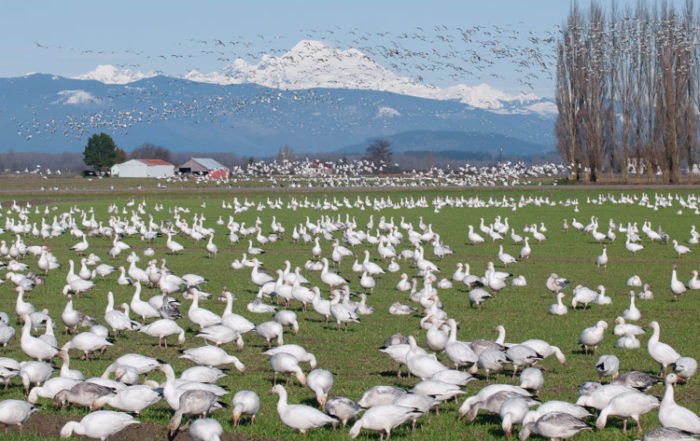
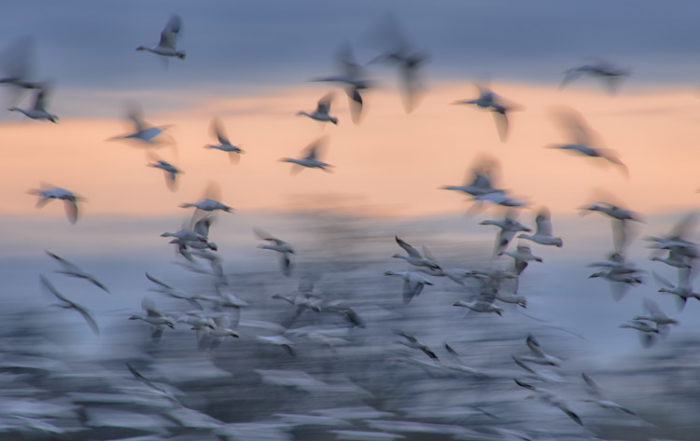
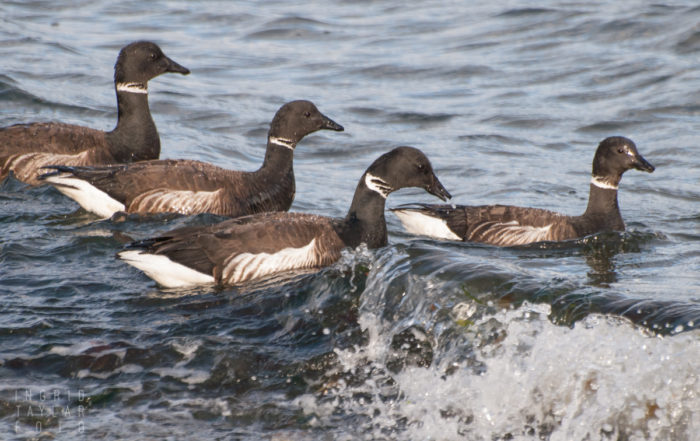
Ingrid, I love the slight desaturation that you applied to these images, they have a wonderful mood to them.
Mia, it was actually the fourth picture down — the two geese with their necks outstretched — that inspired the treatment. Something about that shot spoke to me in gold and copper hues. d:-)